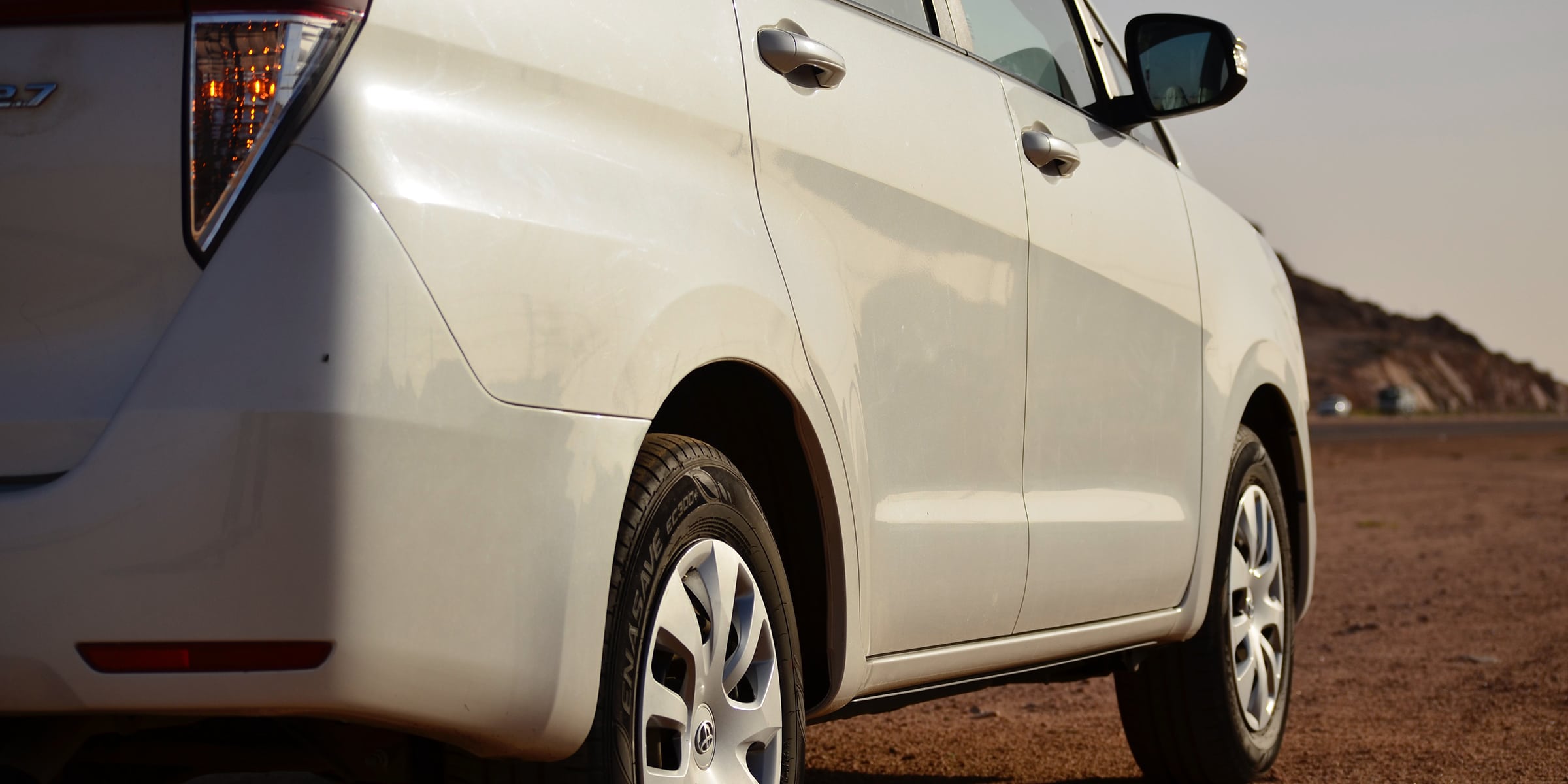Deadly Dimensions: Big Trucks, SUVs Equal Bigger Danger For Pedestrians and Bicyclists
October 20, 2022 | Article by Chain | Cohn | Clark staff | Tips & Information Social Share

Drivers of SUVs, pickup trucks, and vans are safer behind the wheel, but they are also more likely than smaller vehicles to injure or kill pedestrians. If you’ve been injured in a collision involving one of these larger vehicles in California, a Wasco truck accident lawyer can help you pursue compensation and protect your rights.
That’s according to new studies by the Insurance Institute for Highway Safety and Consumer Reports, which analyzed the details of 14,000 fatal pedestrian crashes, and found that SUVs were twice as likely as cars to be making a left turn when the crash happened. Vans and minivans had nearly three times the odds as cars, and pickup trucks were nearly four times as likely. The researchers found similar results from an analysis of nonfatal crashes, as well.
Compared with cars, the odds of a crash that killed a pedestrian were 89% higher for trucks and 63% greater for SUVs. This is likely because it’s more difficult for drivers to see out of SUVs and trucks; that is, the design of those larger vehicles may hinder driver visibility and contribute to the risk of striking a pedestrian. Consumer Reports found that some trucks had front blind spots 11 feet longer than those in some sedans and 7 feet longer than in many popular SUVs.
Another reason: Ford pickups, the No. 1 selling vehicle model in America, measures about 55 inches tall at the hood, which is as tall as the roof of some sedans. It weighs up to 7,500 pounds. If an adult measuring 5 foot 6 inches tall were hit by one of these trucks, they would be struck at above the chest. “This height would easily render someone in a wheelchair, or a child, totally invisible at close range,” one article states, and “some of the best-selling pickups and SUVs in America are now bigger than military tanks from World War II,” according to an article from Vice Magazine.
“While it is safer to get around in these enormous vehicles, that benefit is only for people inside the vehicle,” said Matt Clark, senior partner and expert truck accident lawyer at Chain | Cohn | Clark. “People outside are in more peril.”
DEADLY DIMENSIONS
The size of trucks and SUVs has been a known problem for some time now. In 2003, a study found that SUVs were three times more likely than sedans to kill pedestrians when they struck them. Leg injuries are dreadful, but “serious head and chest injuries can actually kill you,” the injury-biomechanics professor Clay Gabler told the Detroit Free Press in 2018.
And full-sized pickups command the marketplace. The three best-selling vehicles in the U.S. are trucks: the Ford F-Series, Chevrolet Silverado, and Ram. Pickups now count for 1 of every 5 new vehicles sold. Even more, full-sized trucks, such as the F-150, Silverado, Ram 1500, Toyota Tundra, and Nissan Titan, now hold 79 percent of the pickup market, up 12 percent from 2000.
At the same time more people died on our country’s roadways last year than any year since 2005, according to recently released federal crash statistics. The grim statistics were unveiled by the National Highway Traffic Safety Administration and Governors Highway Safety Association found, among other things, that deaths involving pedestrians soared 13%. An estimated 7,485 pedestrians were killed in 2021, a 40-year high, data shows.
The problem is made worse by the fact that pickups are less likely than cars and SUVs to have standard safety features, such as automatic emergency braking with pedestrian detection and blind spot warning. Deaths also reflect societal inequities. Low-income people are more likely to be struck; elderly pedestrians and wheelchair users are at higher risk of mortality when hit by a vehicle; and black, Hispanic, and indigenous people are overrepresented in pedestrian crash fatalities.
When a driver hits someone in their front blind spot while maneuvering in a driveway or parking lot, it’s called a “frontover” collision. There were more than 931 frontover fatalities between 1990 and 2019, with most victims between 12 and 23 months old, according to the advocacy group KidsAndCars.org. Over 80 percent of those fatalities involved a truck, a van, or an SUV.
WHAT TO DO
Experts say that automakers are unlikely to go against consumer demand and reduce truck size, but safety advocates recommend mandating advanced safety systems for all models. They also say states and cities should also lower speed limits and improve pedestrian and cycling infrastructure in areas where trucks share the roads with people. That is, it falls on road designers to do a better job protecting them. Those affected by such incidents should hire an 18-wheeler crash attorney to help ensure that accountability and justice are pursued effectively.
The federal government $1.2 trillion infrastructure bill requires that five-star vehicle-safety-rating system be overhauled and that ratings be added for pedestrian impacts and calls for regulators at the U.S. Department of Transportation to develop standards for bumpers and hoods aimed at reducing injuries to pedestrians and cyclists.
For its part, the Insurance Institute for Highway Safety states that more research is needed, though additional safety equipment and redesigned roadways may help reduce vehicle-to-pedestrian collisions.
———
If you or someone you know is injured in an accident at the fault of someone else, or injured on the job no matter whose fault it is, contact Chain | Cohn | Clark for expert truck accident legal representation. Call (661) 323-4000, or fill out a free consultation form, text, or chat with us at chainlaw.com.
